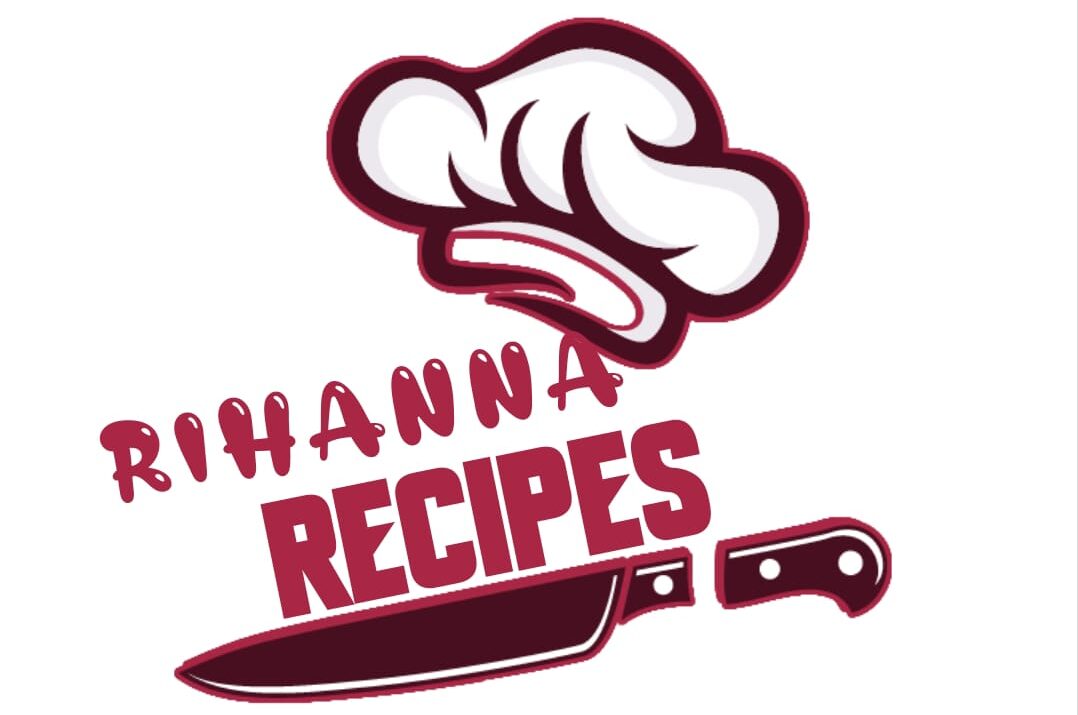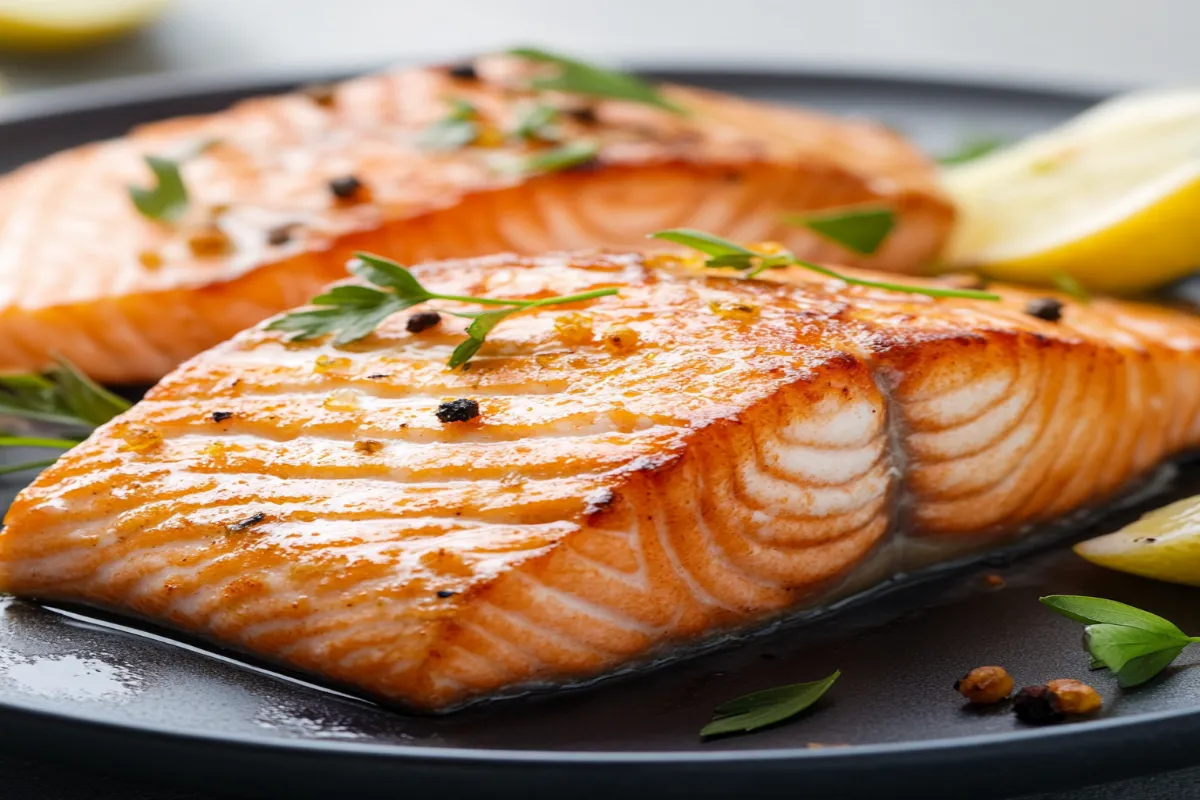Salmon is a beloved fish known for its rich, buttery flavor and numerous health benefits. Packed with omega-3 fatty acids, proteins, and essential vitamins, salmon often serves as the centerpiece of a well-balanced diet. However, due to its delicate nature, proper storage of salmon is crucial to retain its freshness and prevent foodborne illness. This article delves into how long cooked salmon lasts in the fridge, proper storage methods, how to recognize signs of spoilage, and tips for extending its shelf life. Whether you are preparing salmon for the week or have leftovers from a dinner party, this guide will help you keep your fish safe and delicious.
Why Proper Storage is Essential
Understanding how long cooked salmon lasts in the fridge is vital to avoid the risks of foodborne illnesses. Salmon is a perishable food, which means it has a limited shelf life. When stored incorrectly, it can quickly become a breeding ground for bacteria, posing a risk of foodborne illnesses. According to the FDA guidelines on seafood safety, improper storage leads to bacterial growth, such as Listeria and Salmonella. Therefore, ensuring that you store cooked salmon correctly in the fridge maintains its quality and minimizes the risk of contamination. Let’s explore how to store cooked salmon properly to maximize its shelf life.
How Long Does Cooked Salmon Last in the Fridge?
In general, cooked salmon lasts in the refrigerator for 3 to 4 days when stored under optimal conditions. Knowing the storage time for cooked salmon is crucial to ensure that the fish remains safe to eat while retaining its texture and flavor. Here’s a breakdown of the fridge life of cooked salmon:
- 1-2 Days: Freshest and best quality. The texture and flavor remain intact.
- 3-4 Days: Safe to eat but consume promptly. The quality begins to decline.
- 5-7 Days: Risk of spoilage increases. Bacterial growth may occur.
After 7 days, you should not consume cooked salmon. Even if it appears fine, the risk of foodborne pathogens is too high. Always prioritize safety and discard salmon that has been stored for more than a week.
Proper Storage Techniques for Cooked Salmon
Correct storage techniques significantly extend the shelf life of cooked salmon. Follow these detailed steps to ensure your salmon stays fresh for as long as possible:
- Cool Down the Salmon: Before storing, allow the cooked salmon to cool to room temperature. Avoid placing hot salmon directly in the fridge as it can raise the internal temperature, leading to potential bacterial growth.
- Use Airtight Containers: Store the salmon in airtight containers to prevent air exposure, which can lead to drying out and contamination. If you don’t have an airtight container, tightly wrap the salmon in plastic wrap or aluminum foil.
- Refrigerate Promptly: Place the cooked salmon in the refrigerator within two hours of cooking. The ideal fridge temperature should be set below 40°F (4°C) to inhibit bacterial growth. Also, consider storing the salmon on the bottom shelf or the back of the fridge, where it is typically coldest.
- Avoid Cross-Contamination: Store the salmon away from raw meats and other foods to prevent cross-contamination. Use separate utensils and containers to maintain hygiene.
Can You Freeze Cooked Salmon?
Yes, freezing effectively extends the storage time of cooked salmon. When frozen properly, cooked salmon remains safe and tasty for 2-3 months. Here’s a step-by-step guide on how to freeze cooked salmon effectively:
- Cool Completely: Allow the salmon to cool completely after cooking. Freezing hot salmon can lead to ice crystals forming, which can affect the texture when thawed.
- Wrap It Up: Tightly wrap the salmon in plastic wrap, followed by a layer of aluminum foil. Alternatively, place the salmon in a freezer-safe bag, squeezing out excess air to prevent freezer burn.
- Label and Date: Label the packaging with the date to keep track of how long it has been in the freezer.
- Freeze: Place the salmon in the coldest part of the freezer.
To thaw, transfer the salmon from the freezer to the fridge and let it thaw overnight. Avoid thawing cooked salmon at room temperature, as this can promote bacterial growth. Also, avoid refreezing previously thawed salmon, as this can affect both the texture and safety.
Signs of Spoiled Cooked Salmon
Knowing how to tell if cooked salmon has gone bad is key to avoiding foodborne illness. Consuming spoiled salmon can lead to foodborne illnesses, so you must recognize the signs of spoilage. Here are some indicators that your cooked salmon has gone bad:
- Slimy Texture: Freshly cooked salmon has a firm, glistening texture. A slimy or sticky layer indicates spoilage due to bacterial activity.
- Off Odor: Fresh salmon should have a mild aroma. A strong fishy, sour, or ammonia-like smell signals spoilage.
- Discoloration: The salmon should retain its light pink or orange hue. Grey, green, or brown spots indicate bacterial growth and spoilage.
- Dry or Flaky Flesh: While reheated salmon can be slightly dry, it should not be excessively flaky or crumbly. This texture change can indicate that the salmon has been stored for too long.
If your salmon exhibits any of these signs, discard it immediately. As a rule of thumb, when in doubt, throw it out. It’s not worth risking your health over questionable leftovers.
Reheating Cooked Salmon Safely

Reheating cooked salmon requires care to maintain its quality and safety. Here are some recommended methods to reheat salmon:
1. Microwave:
- Place the salmon on a microwave-safe dish.
- Cover it with a microwave-safe lid or plastic wrap to retain moisture.
- Reheat on medium power in 30-second intervals until heated through.
2. Oven:
- Preheat the oven to 300°F (150°C).
- Place the salmon in an oven-safe dish, adding a splash of water or broth to prevent drying out.
- Cover with aluminum foil and heat for about 15 minutes, or until the internal temperature reaches 145°F (63°C).
3. Stovetop:
- Heat a pan over medium heat.
- Add a small amount of oil or butter to prevent sticking.
- Sauté the salmon for 2-3 minutes per side until heated through.
Avoid reheating salmon multiple times, as this can increase the risk of bacterial growth and result in a dry, unpalatable texture. Only reheat what you plan to consume in one sitting.
Meal Prepping with Salmon
Meal prepping with salmon is a convenient way to maintain a balanced diet. If you plan to prepare multiple salmon fillets in advance, follow these tips to maximize the fridge life of your cooked salmon:
- Cook to Safe Temperatures: Ensure the internal temperature of the salmon reaches 145°F (63°C) during cooking to kill any harmful bacteria.
- Cool and Store: Let the salmon cool before portioning it into meal-sized servings. Store in airtight containers and refrigerate immediately.
- Consume Within 3 Days: For the best quality and safety, consume meal-prepped salmon within 3 days. If you won’t eat it within this time frame, consider freezing it.
- Pair with Healthy Sides: To create a well-rounded meal, pair your salmon with healthy sides like vegetables, quinoa, or brown rice. For more ideas on meal-prepping, check out our Best Ground Beef Recipes.
Specific Scenarios and Storage Times
Different preparations of salmon have varying storage times. Here’s a look at some specific scenarios to help you understand how long cooked salmon lasts in the fridge in various forms:
Thawed or Defrosted Salmon:
If you’ve thawed salmon that was previously frozen, store it in the fridge for up to 2 days. Ensure that you thaw salmon in the fridge and not at room temperature to prevent bacterial growth.
Marinated Salmon:
Marinated salmon can be stored in the refrigerator for 2-3 days. However, consume it within this period to enjoy the flavors at their peak. Certain marinades, especially those containing acidic ingredients like lemon juice or vinegar, can alter the texture of the fish if left for too long.
Smoked Salmon:
Smoked salmon has a longer shelf life due to the curing and smoking process. Unopened smoked salmon lasts up to 2 weeks in the fridge. Once opened, consume within 3-4 days. Store smoked salmon in an airtight container or wrap it tightly in plastic wrap or foil to preserve its flavor.
Frequently Asked Questions (FAQs)
How long is cooked salmon good for in the fridge?
Cooked salmon remains safe in the fridge for 3-4 days. After this period, the risk of bacterial growth increases, and the quality begins to decline. Knowing this time frame helps you enjoy your salmon at its best while minimizing food waste.
Can you freeze cooked salmon?
Yes, you can freeze cooked salmon for up to 2-3 months. Wrap it tightly and use an airtight container to prevent freezer burn. Label the package with the date to track its storage time.
How long does smoked salmon last in the fridge?
Unopened smoked salmon lasts up to 2 weeks in the fridge. Once opened, consume within 3-4 days to ensure its quality and safety.
What’s the best way to store cooked salmon in the fridge?
The best way to store cooked salmon in the fridge is in an airtight container or tightly wrapped in plastic wrap or aluminum foil. Set the fridge temperature below 40°F (4°C) to inhibit bacterial growth.
Can you refreeze thawed cooked salmon?
Avoid refreezing thawed salmon, as this can affect the texture and quality. Only refreeze if the salmon was thawed in the fridge and has not shown any signs of spoilage.
Tips to Keep Cooked Salmon Fresh Longer
To maximize the shelf life of your cooked salmon, follow these tips:
- Store in the Coldest Part of the Fridge: The back of the fridge is usually the coldest. Store the salmon there to keep it fresh.
- Keep Fridge Below 40°F: Set your refrigerator to a temperature below 40°F (4°C) to slow bacterial growth.
- Use a Vacuum Sealer: If you have a vacuum sealer, use it to remove air from the storage bag, extending the shelf life of your salmon.
- Avoid Storing in Original Cans: If using canned salmon, transfer the contents to an airtight container before refrigerating. Storing in the original can may lead to contamination.
- Check for Spoilage: Before consuming leftover salmon, always check for any signs of spoilage, such as an off smell, slimy texture, or discoloration.
Conclusion
Proper storage and handling of cooked salmon are paramount to enjoying its full flavor and nutritional benefits while ensuring food safety. By following the guidelines outlined above, you can extend the shelf life of your cooked salmon, prevent foodborne illnesses, and minimize food waste. Whether you’re meal prepping or storing leftovers, remember that the key to fresh and safe cooked salmon is proper storage, timely consumption, and keen attention to signs of spoilage.
Salmon is a healthy and delicious protein that you can enjoy in various dishes. With the right storage practices, you can safely savor your cooked salmon without compromising on quality or safety. For more meal ideas and storage tips, explore our other guides, such as the Bread Cheese Guide for additional ways to complement your salmon dishes.

